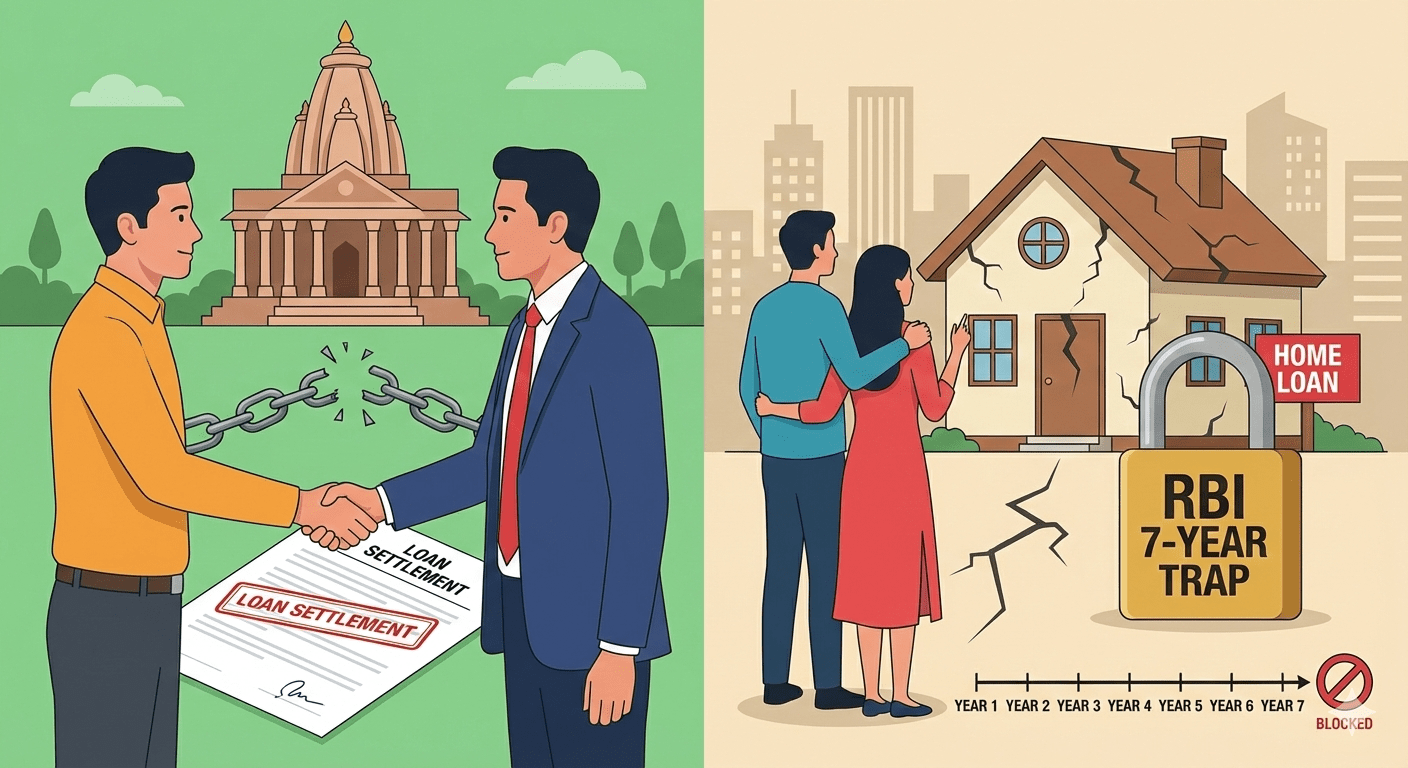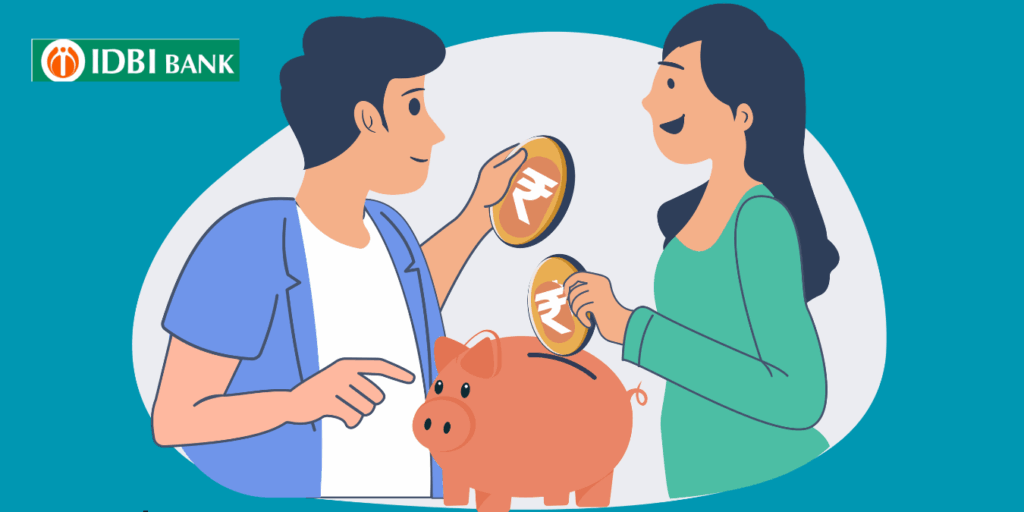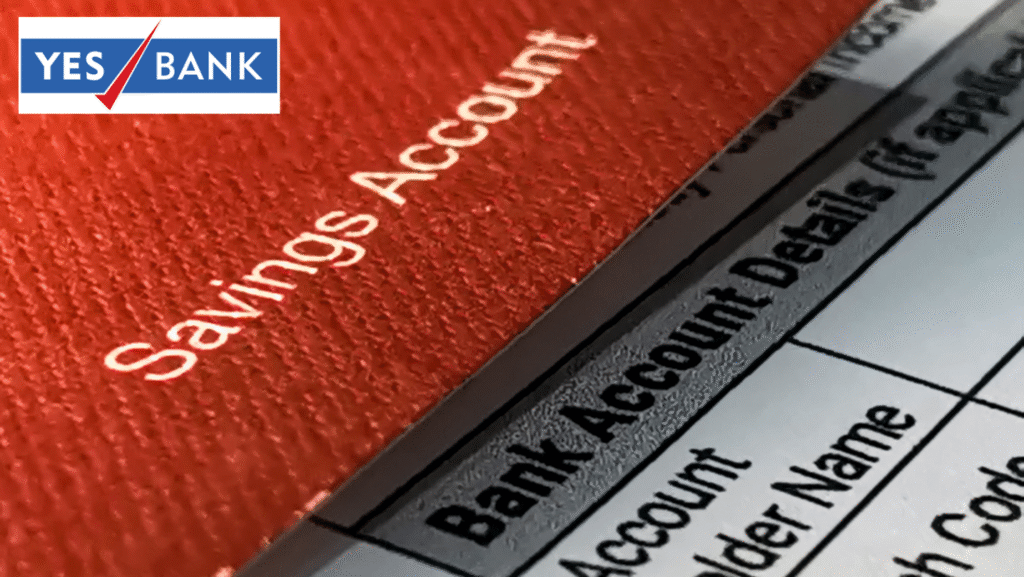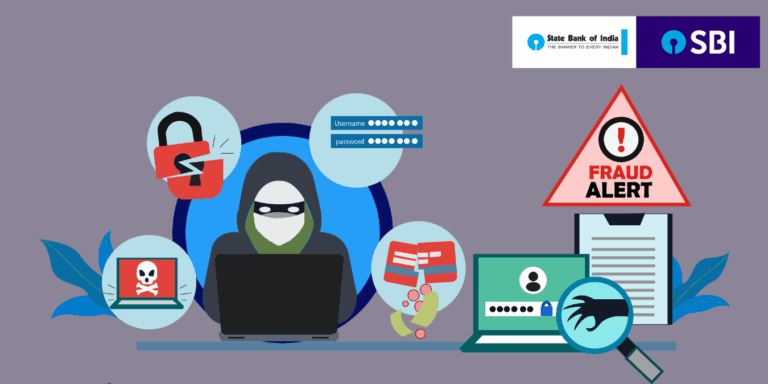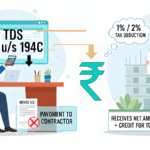
“The various types of digital banking frauds and learn how to protect yourself from them. This comprehensive guide covers phishing scams, malware attacks, identity theft, SIM swapping, and account takeovers. Find out how to use strong passwords, enable two-factor authentication, monitor your accounts, and secure your devices. Stay informed with the latest statistics and understand how different countries handle banking fraud. Equip yourself with the knowledge to safeguard your financial information in the digital age. Read on to stay safe and secure in your online banking activities.”
In today’s digital age, banking has become more convenient than ever. However, with this convenience comes the risk of digital banking frauds. As more people turn to online banking, the threat of cybercriminals exploiting vulnerabilities increases. This blog post will explore the various types of digital banking frauds and provide actionable tips on how you can safeguard yourself from them.
Digital banking has revolutionized the way we manage our finances. With just a few clicks, we can transfer money, pay bills, and check our account balances. However, this convenience also attracts cybercriminals who are constantly devising new ways to exploit vulnerabilities in digital banking systems. According to a report by the Federal Trade Commission, there were over 2.1 million fraud reports in 2020 alone. Understanding the common types of digital banking frauds and how to protect yourself is crucial in today’s digital landscape.
Here are some statistics on digital banking frauds:
- Global Losses: In 2023, global losses due to banking fraud were reported to be around $40 billion, marking a 15% increase from 2022.
- Prevalence: Approximately 1 in 3 adults globally fell victim to banking fraud in 2023.
- Identity Theft: Identity theft accounted for 38% of banking fraud cases in the past year.
- Digital Banking Fraud Increase: Digital banking fraud increased by 22% in 2023, correlating with a surge in mobile and online banking users.
- Fraud Detection: Artificial Intelligence (AI) detected and prevented $18 billion worth of fraud in 2023.
- United States: In the U.S., the number of cybercrime incidents, including online fraud, increased from around 467,000 in 2019 to more than 880,000 in 2023. The monetary losses caused by cybercriminals spiked from $3.5 billion to $12.5 billion in the same period.
- Payment Fraud: There was a 22% increase in payment fraud globally in the first half of 2023 compared to the first half of 2022.
- Online Scams: Online scams targeting bank customers rose by 28%, driven by phishing emails and fake banking apps.
- Cryptocurrency Fraud: Fraudulent transactions involving cryptocurrencies surged by 35%, reflecting the expanding use of decentralized financial systems.
- Business Impact: Over 85% of businesses experienced payment fraud attempts in 2023.
These statistics highlight the growing threat of digital banking fraud and the importance of implementing robust security measures. Including these data points in your blog post will provide readers with a comprehensive understanding of the current landscape and the urgency of safeguarding their financial information.
Common Types of Digital Banking Frauds
- Phishing Scams
Phishing scams are one of the most common types of digital banking frauds. Cybercriminals send fraudulent emails or messages that appear to be from legitimate sources, such as your bank. These messages often contain links to fake websites designed to steal your login credentials. In 2022, over 300,000 individuals in the United States fell victim to phishing attacks.
- Malware Attacks
Malware, or malicious software, is another prevalent threat. Cybercriminals use malware to gain unauthorized access to your computer or mobile device. Once installed, malware can capture your keystrokes, steal sensitive information, and even take control of your device. It’s essential to keep your software and antivirus programs up to date to protect against malware attacks.
- Identity Theft
Identity theft occurs when someone steals your personal information, such as your Social Security number or bank account details, to commit fraud. This can lead to unauthorized transactions and significant financial loss. According to a survey by Entrust, 42% of respondents were notified of a personal banking or credit fraud in the past 12 months.
- SIM Swapping
SIM swapping is a technique used by cybercriminals to take control of your mobile phone number. By tricking your mobile carrier into transferring your number to a new SIM card, they can intercept two-factor authentication codes and gain access to your bank accounts. Always be cautious of unsolicited requests for personal information and contact your mobile carrier if you suspect any suspicious activity.
- Account Takeover
Account takeover occurs when a cybercriminal gains access to your bank account and takes control of it. This can happen through phishing, malware, or other means. Once they have access, they can transfer funds, make purchases, and even change your account details. Regularly monitoring your accounts and enabling alerts for suspicious activity can help detect and prevent account takeovers.
How to Safeguard Yourself from Digital Banking Frauds
- Use Strong Passwords
Creating strong, unique passwords for your online banking accounts is your first line of defense. Avoid using easily guessable information, such as your birthdate or common words. Instead, use a combination of letters, numbers, and special characters. Consider using a password manager to keep track of your passwords securely.
- Enable Two-Factor Authentication
Two-factor authentication (2FA) adds an extra layer of security to your online accounts. By requiring a second form of verification, such as a code sent to your phone, 2FA makes it significantly harder for cybercriminals to gain access to your accounts. Enable 2FA on all your online banking accounts to enhance your security.
- Monitor Your Accounts Regularly
Regularly reviewing your bank statements and transaction history can help you detect any unauthorized activity early. Set up alerts for suspicious transactions and report any discrepancies to your bank immediately. Early detection can limit your financial responsibility and prevent further fraud.
- Be Wary of Phishing Attempts
Always be cautious of unsolicited emails, messages, or phone calls asking for your personal information. Verify the authenticity of any communication by contacting your bank directly. Avoid clicking on links or downloading attachments from unknown sources. Educate yourself on common phishing tactics to recognize and avoid them.
- Secure Your Devices
Ensure that your computer, smartphone, and other devices are secure. Install reputable antivirus software and keep it updated. Use a firewall to protect your network and avoid using public Wi-Fi for online banking transactions. Regularly update your operating system and applications to patch any security vulnerabilities.
Different countries have developed various strategies to combat banking fraud, reflecting their unique challenges and resources. Here are some notable approaches:
United States
The U.S. has a robust framework for tackling banking fraud, involving multiple agencies such as the Federal Bureau of Investigation (FBI), the Federal Trade Commission (FTC), and the Office of the Comptroller of the Currency (OCC). The U.S. also employs advanced technologies like Artificial Intelligence (AI) and machine learning to detect and prevent fraud. Public awareness campaigns and stringent regulations, such as the Gramm-Leach-Bliley Act, play a crucial role in safeguarding consumers.
United Kingdom
The UK has classified fraud as a national security threat, emphasizing its seriousness. The country has established the National Fraud Intelligence Bureau (NFIB) and Action Fraud, a national reporting center for fraud and cybercrime. The UK also collaborates internationally, participating in initiatives like the Global Fraud Summit to foster collective action against fraud.
Japan
Japan has one of the lowest fraud rates globally, attributed to high consumer awareness and robust security measures. The country emphasizes the use of biometric authentication and advanced encryption technologies. Japanese banks also collaborate closely with law enforcement agencies to swiftly address fraud incidents.
Australia
Australia has seen increasing levels of banking fraud, prompting the establishment of the Australian Financial Crimes Exchange (AFCX). This organization facilitates data sharing among financial institutions to detect and prevent fraud. Australia also uses biometrics and AI to enhance security and reduce fraud losses.
South Africa
South Africa faces significant challenges with banking fraud, including identity theft and card-not-present fraud. The Southern African Fraud Prevention Service (SAFPS) plays a key role in combating fraud by sharing data on known fraudsters and deploying biometric authentication. The country also focuses on educating consumers about fraud prevention.
Nordic Countries
Countries like Sweden, Norway, and Denmark are recognized for their effective fraud prevention measures. They have high levels of digital penetration and use advanced technologies to reduce fraud losses. These countries also emphasize consumer education and robust regulatory frameworks.
Brazil
Brazil has a high incidence of banking fraud, driven by the widespread use of digital banking. The country has implemented stringent regulations and advanced fraud detection technologies. Brazilian banks also collaborate with international organizations to share best practices and improve their fraud prevention strategies.
International regulations and frameworks are designed to combat banking fraud and ensure the stability of the global financial system. Here are some key examples:
- Basel III
Basel III is an internationally agreed set of measures developed by the Basel Committee on Banking Supervision in response to the financial crisis of 2007-09. These measures aim to strengthen the regulation, supervision, and risk management of banks. Basel III standards include requirements for minimum capital, leverage ratios, and liquidity to make banks more resilient and restore confidence in banking systems.
- Financial Action Task Force (FATF)
The Financial Action Task Force (FATF) is an intergovernmental organization established to develop policies to combat money laundering and terrorist financing. FATF sets international standards and promotes the effective implementation of legal, regulatory, and operational measures for combating financial crimes, including banking fraud.
- European Union (EU) Regulations
The European Union has implemented several regulations to combat banking fraud, including the General Data Protection Regulation (GDPR) and the Payment Services Directive 2 (PSD2). PSD2, for example, enhances security for online payments and mandates strong customer authentication to reduce fraud.
- USA PATRIOT Act
In the United States, the USA PATRIOT Act includes provisions to prevent, detect, and prosecute international money laundering and the financing of terrorism. It requires financial institutions to implement robust anti-money laundering (AML) programs and report suspicious activities.
- International Organization of Securities Commissions (IOSCO)
IOSCO is an international body that brings together the world’s securities regulators. It develops, implements, and promotes adherence to internationally recognized standards for securities regulation. IOSCO’s principles aim to protect investors, ensure fair, efficient, and transparent markets, and reduce systemic risk.
- Anti-Money Laundering Directives (AMLD)
The European Union’s Anti-Money Laundering Directives (AMLD) provide a comprehensive framework to combat money laundering and terrorist financing. The directives require financial institutions to conduct customer due diligence, report suspicious transactions, and maintain records.
Digital banking offers unparalleled convenience, but it also comes with risks. By understanding the common types of digital banking frauds and implementing the recommended safeguards, you can protect yourself from becoming a victim. Stay vigilant, educate yourself on the latest threats, and take proactive steps to secure your financial information. Remember, your security is in your hands.
These international regulations and frameworks play a crucial role in combating banking fraud and ensuring the integrity of the global financial system. By adhering to these standards, countries and financial institutions can work together to prevent and mitigate the impact of banking fraud.
While the approaches to combating banking fraud vary, common themes include the use of advanced technologies, international collaboration, and consumer education. By learning from these diverse strategies, countries can enhance their efforts to protect consumers and reduce the impact of banking fraud.
-
Loan Settlement Kills Home Loan Dreams—7-Year RBI Trap Exposed!
Settling one loan could lock you out of homeownership for 7 years—despite RBI’s 2025 90% financing push! Hidden
-
Indian Stock Market Trends: Sensex Hits 85K Milestone Amid RBI Cuts – What’s Next for Dalal Street on Dec 15, 2025?
Sensex rockets to 85K, GDP explodes 8.2%—but FPIs flee Rs 18K cr! Is RBI’s rate slash to 5.25%
-
The Hidden TDS Trap: Why Your Unlinked PAN Could Cost Contractors 20x More in 2025
Shocking TDS Trap: Unlinked PAN turns ₹5L contractor bill into ₹1L tax bomb under 194C—yet CBDT’s secret 2025
